Snuvestuan (Cottage of the Hulder)
This cave at the base of an unusually shaped cliff is said to be inhabited by a mythical forest enchantres from Scandinavian folklore.
In the Klåveröd recreation area, situated in Skåne County, southern Sweden, you’ll come across a steep cliff with distinct formations. It appears almost as if an immense stack of rectangular stone blocks have been piled horizontally upon each other. This appearance is likely due to the fact that the cliff was once surrounded by a softer, weathered material, allowing it to withstand the pressure from the ancient ice sheet. The cracks in the cliff were formed through a combination of temperature changes and the actions of ice.
Legend has it that, following the geological tumult, a mythical creature called a hulder took up residence in the small cave nestled at the cliff’s base. A hulder (also huldra in Swedish and Norwegian, and snuva in the local dialect) is a supernatural female creature from Scandinavian folklore, known for her guardianship of the forest and its inhabitants. Her beauty radiates from the front, yet she conceals her back, resembling a hollow tree trunk, and possesses the ability to captivate lonely men who cross her path. Local lore warns that a sexual encounter with a hulder results in the loss of one’s soul.
In some cases, in past society, the deep-rooted belief in the mythical forest temptress had real-life consequences. For instance, in 1691, a farm worker faced a serious ordeal when he was accused of being romantically involved with a hulder. The situation became so significant that it led to his trial and, ultimately, his sentencing to death.
Today, Snuvestuan is visited by mountain climbers and hikers who relish the outdoor experience, including barbecuing inside and outside the cave. Let’s just hope these visitors are aware of how to protect themselves if they happen to encounter the hulder: by turning a piece of clothing inside out and reciting the Lord’s Prayer. This old tradition has been passed down through the generations, contributing to the local folklore.
Know Before You Go
To get here, a car is required, and it's recommended to use Google Maps for directions. From the small parking lot by the gravel road, follow the Snuvestuan signs along the footpath for 5-10 minutes. As you start to approach, please note that the path becomes steep and includes wooden stairs with a rope handrail, making it inaccessible for prams or wheelchairs.
Plan Your Trip
The Atlas Obscura Podcast is Back!



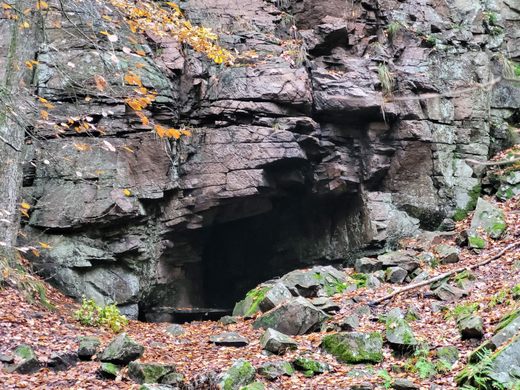
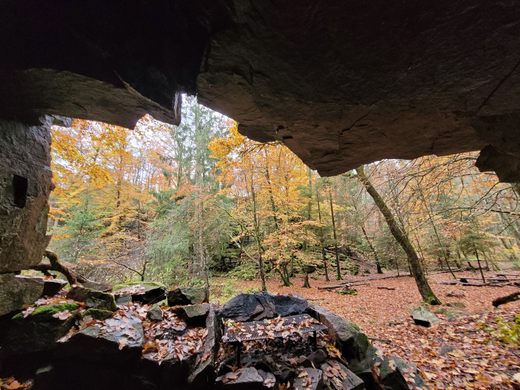
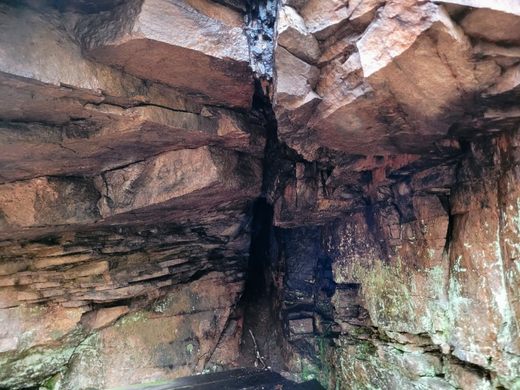
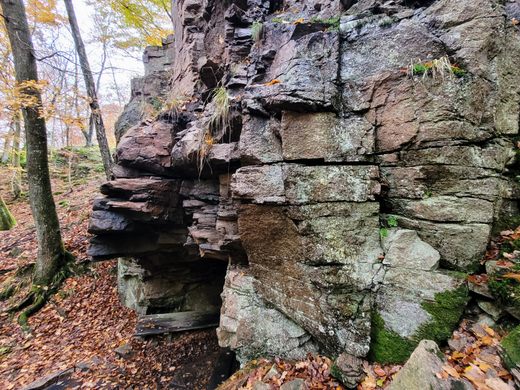
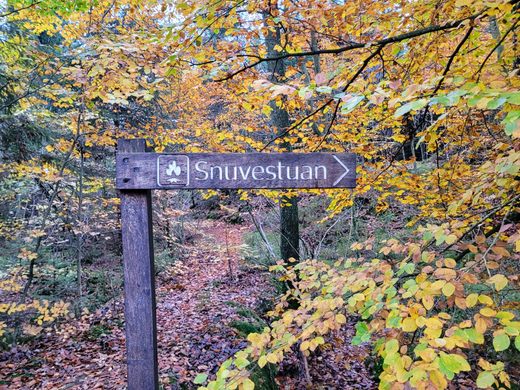
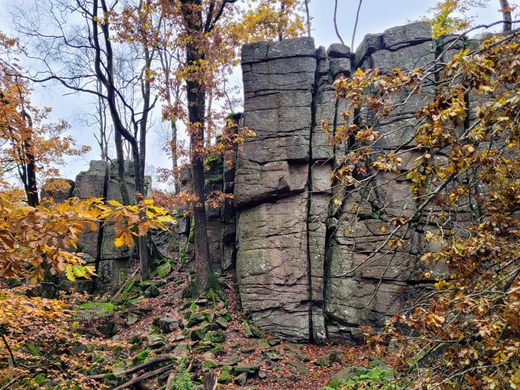
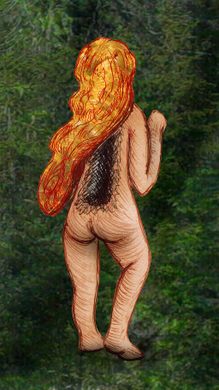




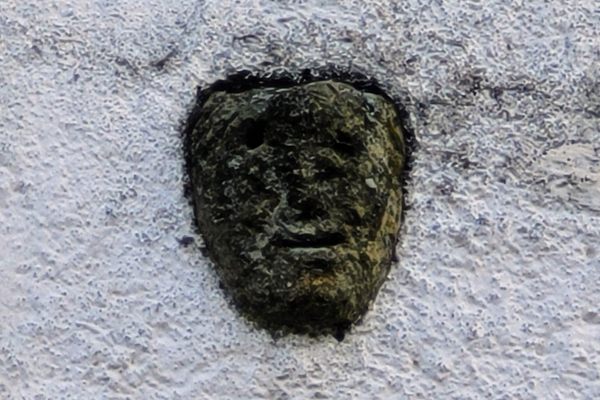
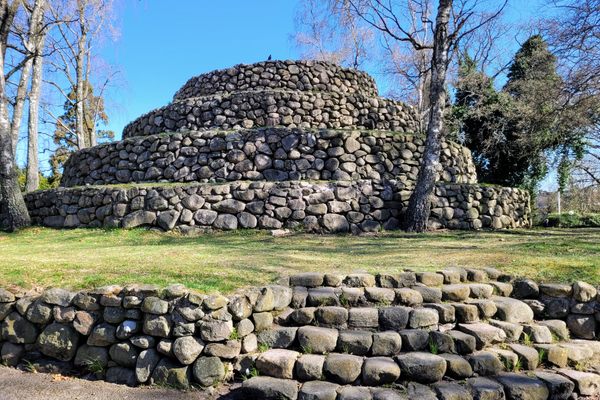

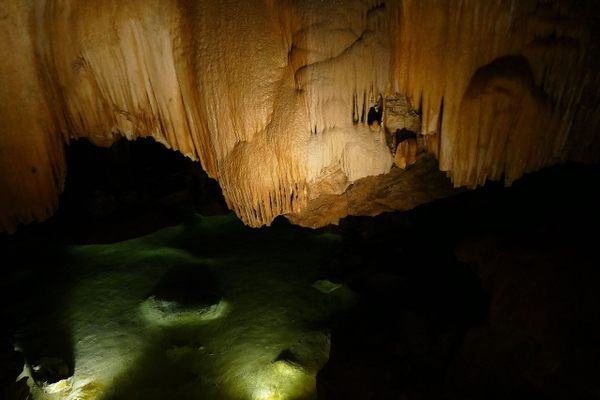




Follow us on Twitter to get the latest on the world's hidden wonders.
Like us on Facebook to get the latest on the world's hidden wonders.
Follow us on Twitter Like us on Facebook